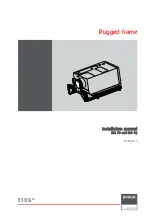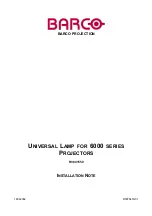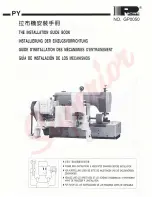
2
LOADING DATA
Use only laboratory tested reloading data.
We highly recommend referring to a current reloading manual.
OBSERVE ALL WARNINGS ABOUT THE USE OF MAXIMUM LISTED LOADS.
WORKING WITH CARTRIDGE CASES
• Examine empty cases to be sure they are in good condition before reloading. Thin, split, deformed,
or badly corroded or pitted cases may be structurally weak, and result in a dangerous condition.
Pay particular attention to splits in the mouth, separation between the case and the head, and dents
in the shoulder.
• Do not store cartridge cases or ammunition near harsh chemicals such as gasoline, household
cleaners or cat urine. The fumes can weaken the metal and present a dangerous condition.
• Do not clean cases with chemicals other than those specifically designed for the purpose.
• Do not attempt to clean loaded ammunition or primed cases. Doing so can cause corrosion, and
weaken the case, or cause a misfire/hangfire condition.
• Ensure cases have proper primer pocket sizes; remove primer staking/crimp if necessary.
Attempting to seat a primer into an undersized pocket or pocket with staking/crimping can result in
detonation. Minimum diameter is 0.173 inch for small primers and 0.2085 inch for large primers.
• Do not ream out or enlarge flash holes of cartridge cases. This may change the ignition rate and
result in dangerous pressures.
• Resize and trim fired cases to ensure reliable chambering and obtain proper bullet tension and
crimp.
• Never attempt to guess at the identity of your ammunition.
Summary of Contents for Pro Chucker 88915
Page 1: ...Pro Chucker Tube Case Feeder PRODUCT INSTRUCTIONS Part 88915 6170...
Page 2: ......
Page 23: ......





































